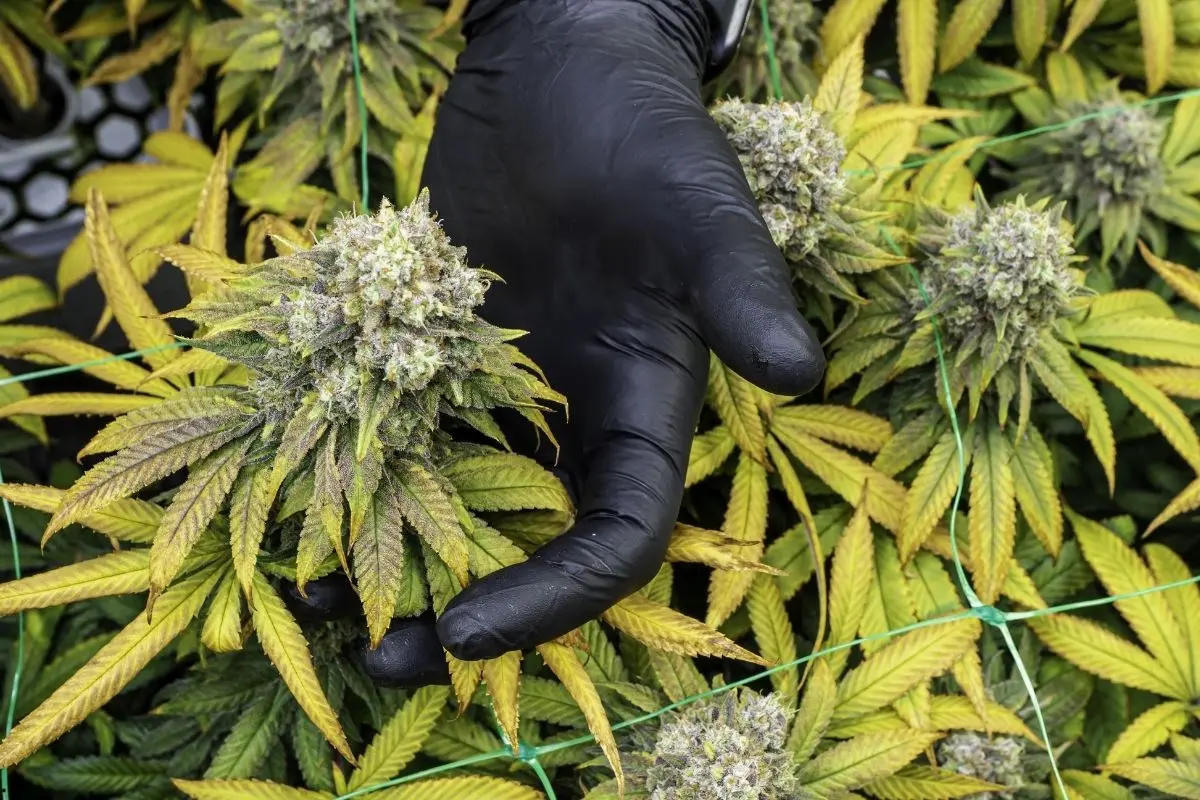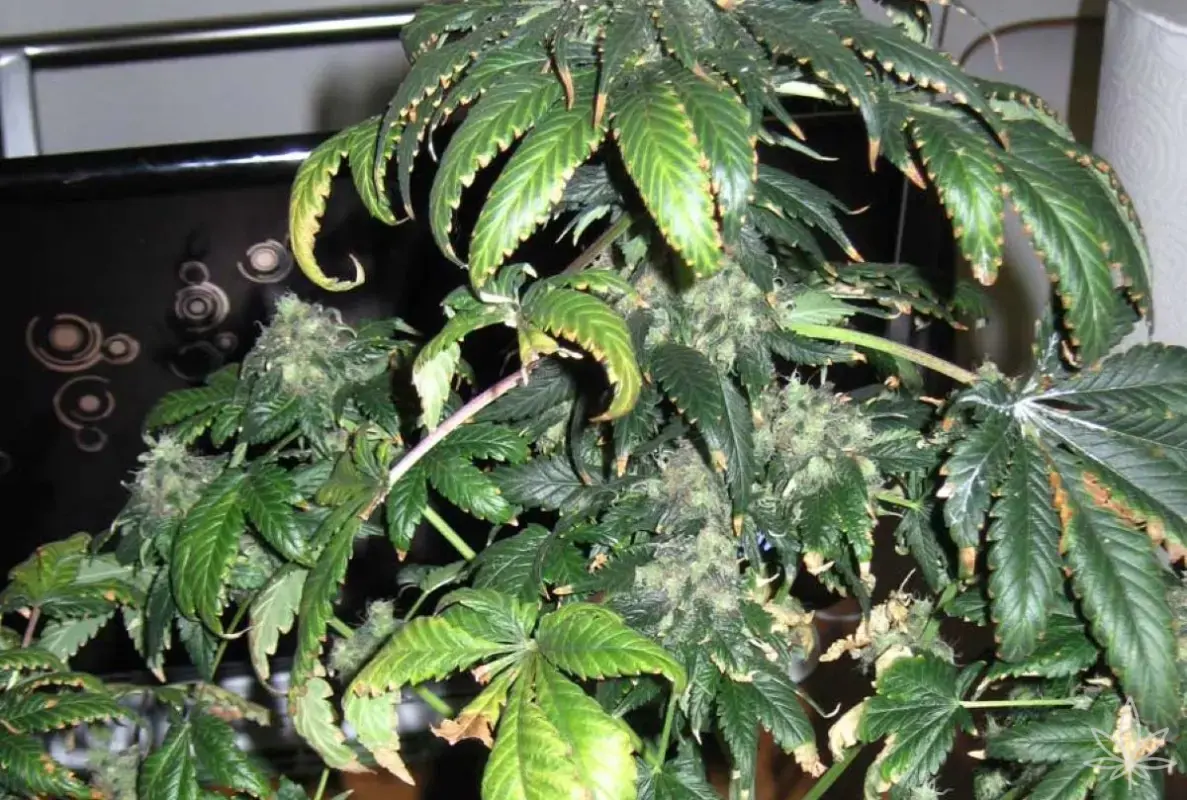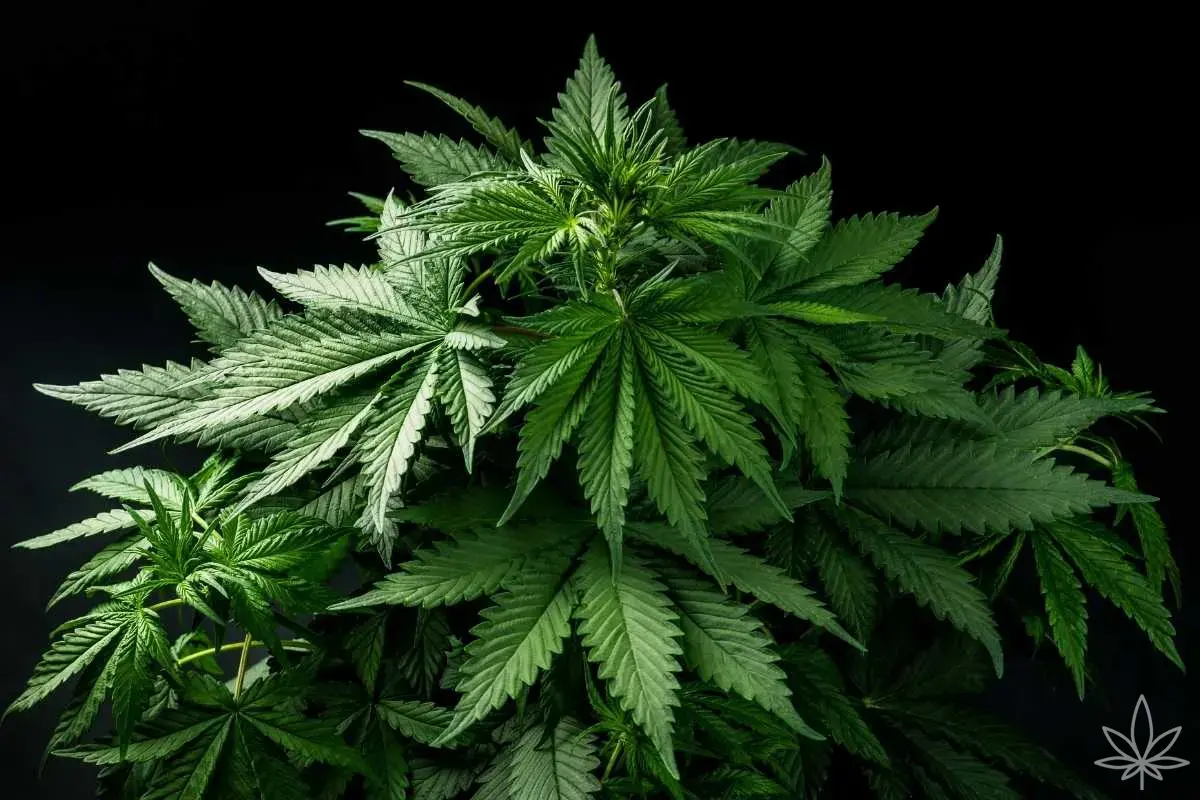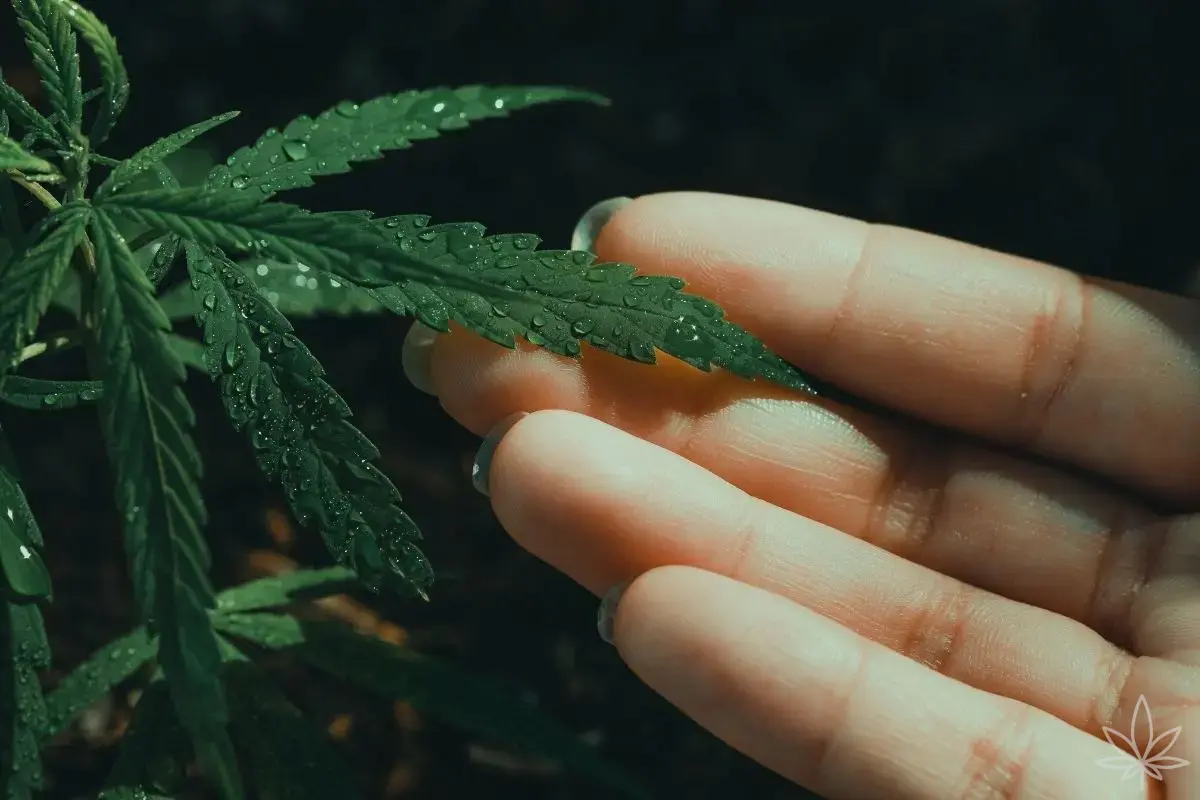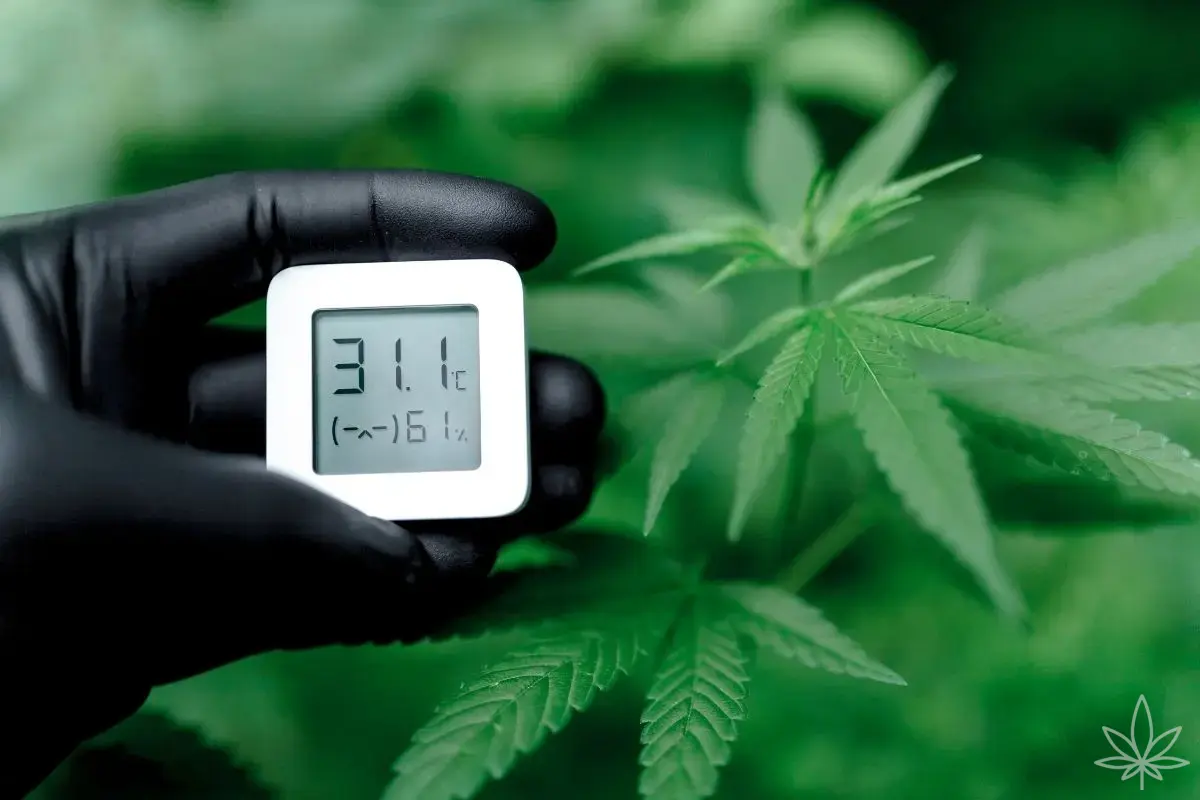In recent years, the topic of mosaic viruses in cannabis—commonly called “TMV-like”—has been stirring strong emotions among both novice and experienced growers. The appearance of a mosaic pattern on leaves can be alarming, but accurate diagnosis is key, as symptoms can easily be confused with nutrient deficiencies or phytotoxicity. Below you'll find a knowledge-packed guide, facts, and answers to frequently asked questions related to cannabis mosaic virus and mosaic leaf symptoms.
What Are TMV-like Mosaic Viruses in Cannabis?
Mosaic viruses in this group include, among others, Tobacco Mosaic Virus (TMV), which is infamous for its resilience and broad range of plant hosts. There are also several other viruses and viroids that affect cannabis (such as Hop Latent Viroid). Typical symptoms are irregular mosaic patterns on the leaves—patches of various shades of green and yellow, leaf twisting, roughness, as well as stunted growth and lower quality flowers.
Why Is There So Much Controversy Around TMV-like Viruses in Cannabis?
Despite numerous alarming reports online, most cases of mosaic symptoms on cannabis leaves do not result from an active TMV infection. Lab-confirmed cases are very rare. Most observed changes stem from deficiencies, phytotoxicity, or overly aggressive cultivation routines. Research also indicates that TMV-like symptoms can be extremely subtle at the onset, making them easy to overlook or confuse with other issues.
Does TMV Really Threaten Cannabis Crops?
There is no clear scientific consensus on the prevalence of TMV infections in cannabis. However, mosaic viruses can drastically reduce plant growth and yields by 50–60% if they occur. The hallmark symptoms are mosaic leaf patterns, as well as stunted growth and weak, small flowers. In the flowering stage, you may see empty or deformed buds, lower resin quality, and even hermaphroditism that further threatens yields.
What Are the Most Common Reasons for Misdiagnosis?
Magnesium or Iron Deficiency – Deficiency symptoms often resemble those of mosaic viruses. Deficiency-induced discolorations are generally more even, limited to older (Mg) or younger (Fe) leaves, and associated with pH or nutrient uptake problems.
Phytotoxicity – 'Burns', irregular spots, or deformations after using strong sprays or fertilizers.
Environmental Stress and Poor Conditions – Prolonged depletion, overwatering, underwatering, or poor soil quality.
Transmission via Poor Cultivation Practices – Contact with infected plants, tools, as well as hands, clothing, or insects.
How Do You Recognize Mosaic Virus on Leaves?
Mosaic: irregular patches with well-defined zones of different shades of green and yellow.
Most often appears on young leaves and may spread to other parts of the plant.
At later stages, leaves may twist, become rough, and develop thinner or deformed areas.
The plant grows slower; flowers are smaller and less resinous.
Sometimes, male flowers develop on female plants.
Symptoms are irregular and not linked to the leaf’s vein structure.
How to Distinguish Mosaic Virus from Deficiencies and Phytotoxicity?
Nutrient Deficiencies:
Symptoms appear systematically on a specific group of leaves (e.g., only older or only younger).
Discoloration is uniform, often between the veins, without a classic mosaic “patchwork.”
Symptoms recede after adjusting nutrition and pH.
Phytotoxicity:
Spots, burns, deformities after recent spraying or fertilizer change.
Symptoms occur where the chemical contacted the leaf—edges, tips.
Mosaic Virus:
Irregular and variable discoloration on leaves, often on new growth.
No noticeable improvement after nutritional adjustments.
General plant decline, stunted growth, small flowers.
How Does Mosaic Virus Spread?
The virus spreads mainly by:
Contact with the sap of infected plants (e.g., pruning, leaf damage)
Gardening tools previously used on infected material
Hands, clothing, and even cigarette ash or smoke
Certain pests (aphids, leafhoppers, caterpillars)
Infected seeds
Grow media if contaminated with infected plant debris
What Should You Do If You Suspect Viral Infection?
Isolate and remove clearly symptomatic plants.
Always use clean, disinfected tools.
Wear gloves and change clothing between plant batches.
Monitor your entire crop daily.
Use PCR tests to confirm viral presence whenever possible—only professional labs can definitively diagnose viral infection.
Reconsider growing clones from infected plants—they may be symptomless carriers.
How Can You Prevent Infection?
Carefully clean and disinfect tools and hands frequently.
Avoid moving plants between grow areas.
Select healthy mothers and clones; use diagnostic tests before introducing new plants.
Limit manual manipulation and minimize outside visitors in your grow space.
Control pest populations quickly and thoroughly.
Frequently Asked Questions
Does mosaic on leaves always mean it’s a virus?
No. In practice, most mosaic symptoms are due to deficiencies or phytotoxicity. Only laboratory tests can confirm a viral infection.
Can TMV be transmitted through cigarette smoke?
Yes, virus particles can survive in ash and be carried on hands, tools, clothing, or even tobacco smoke.
Is it possible to save an infected plant?
Unfortunately, there’s no cure. The best approach is to promptly remove infected plants to protect the rest of the crop.
Are mosaic viruses harmful to humans?
No, they do not pose any danger to humans, but they cause significant yield loss in crops.
Will leaf symptoms always worsen?
Not always. Some plants remain “carriers” without further symptom development, though conditions often deteriorate when stressed or neglected.
Summary
Accurately identifying mosaic patterns on leaves requires systematic observation and ruling out simpler causes, such as deficiencies and phytotoxicity. Only after these have been excluded should you suspect a viral infection, and it’s wise to use professional testing. Careful analysis and ongoing improvements in grow conditions remain the most effective means to protect healthy cannabis crops.

